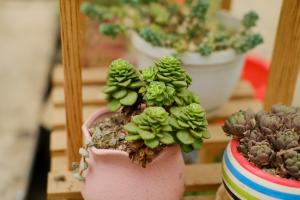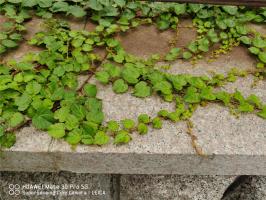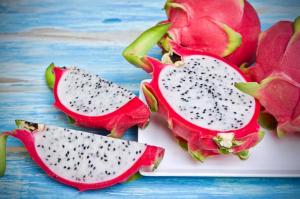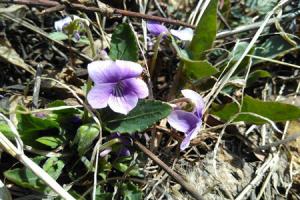1、 Curing method
1. Light: large leaf rubies need plenty of light. Put it in the sunny place and accept the light for a long time. Insufficient light makes its leaves grow green easily
2. Temperature: large leaf ruby has high requirements for temperature. It enters dormancy in summer and winter, resulting in slower plant growth. If the temperature is lower than minus 4 degrees in winter, the plant will be frostbitten. It needs to be put in a warm place

3. Watering: large leaf Ruby prefers a humid environment. It should be watered more in summer, 1-2 times a day to keep the basin soil moist. In addition, you can also spray water around to improve the air humidity
4. Fertilization: large leaf ruby has little demand for fertilizer. During the growth period, it is enough to apply cake fertilizer and water once a week, but it is not suitable to apply fertilizer in winter. However, plants grown in greenhouse can continue to apply fertilizer because it will not enter the dormancy period

2、 Reproductive skills
1. Ramets: large leaf Ruby will promote the growth of many small plants after picking the heart. In the spring of the next year, the small plants can be separated and planted
2. Cutting: as a succulent, large leaf Ruby can naturally be propagated by cutting. Cut the full leaf surface, dry the wound, insert it into plain sand and wait for it to germinate

3、 Pest control
1. Disease: leaf spot is a common disease of large leaf ruby. Spots will appear on the leaves, leading to wilt. The diseased leaves need to be removed and sprayed with carbendazim for control
2. Insect pests: scale insects are common and need to be captured and eliminated manually. In addition, the soil should be turned over in winter to kill the larvae

 jackfruit
jackfruit snake plant
snake plant hibiscus
hibiscus hydrangea
hydrangea lavender
lavender Green roses climb al...
Green roses climb al... If you don't pay att...
If you don't pay att... Management of four g...
Management of four g...



































